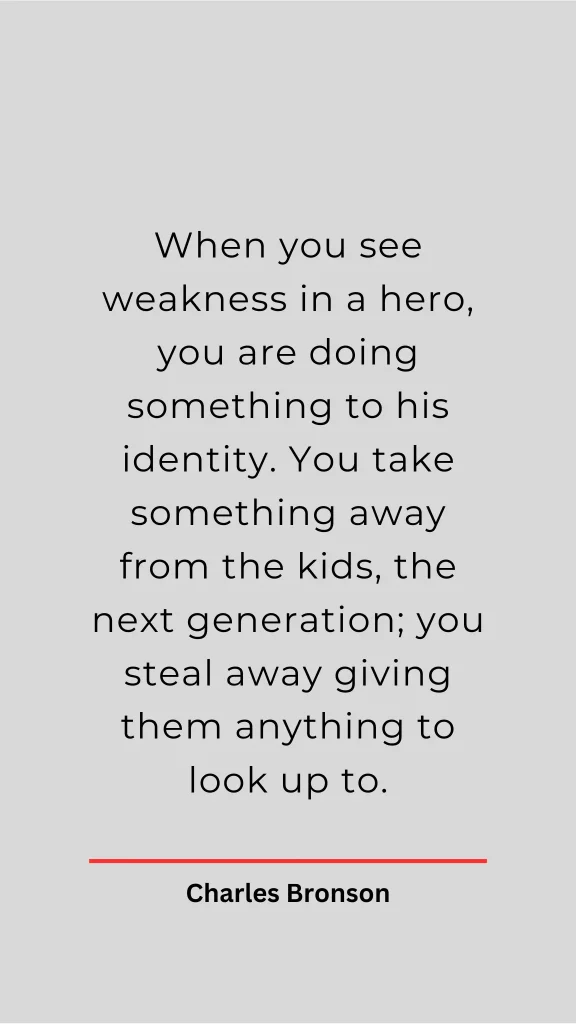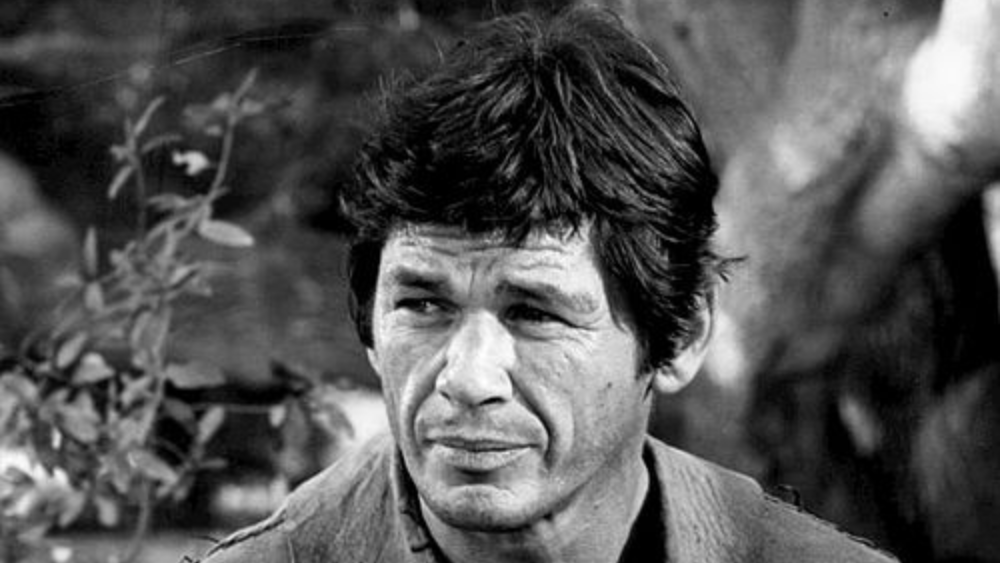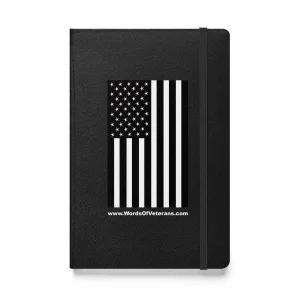When we talk about Hollywood’s golden age of gritty action heroes, one name rises with quiet intensity above the rest: Charles Bronson. With his rugged features, brooding silence, and a steely gaze that could level a room, Bronson wasn’t your typical leading man—but he became one of the most enduring and iconic tough guys in film history. From coal mines to cult classics, Bronson’s journey to stardom is as fascinating as the roles he played.
In this blog, we’ll explore who Charles Bronson really was: the man, the myth, and the movie legend.
Humble Beginnings: From Pennsylvania Coal Mines to the Big Screen
Born Charles Dennis Buchinsky on November 3, 1921, in Ehrenfeld, Pennsylvania, Bronson was the 11th of 15 children in a Lithuanian-American family. Life was harsh and humble. His father died when Bronson was just 10, and as a teenager, he worked in the coal mines to help support his family, earning just $1 for every ton of coal he dug.
Bronson later recalled that he was so poor, he had to wear his sister’s hand-me-downs to school. These early years instilled in him a toughness and resilience that would later become central to his on-screen persona.
His route to Hollywood wasn’t direct. During World War II, Bronson served in the United States Army Air Forces, where he flew 25 combat missions as a tail gunner on a B-29 bomber and earned a Purple Heart for wounds received in battle. After the war, he studied art and began acting classes—eventually making his way to Hollywood.
Changing His Name, Changing His Fate
In the early days of his acting career, Charles Buchinsky faced a dilemma. With the anti-communist fervor of the McCarthy era sweeping across Hollywood, his Eastern European surname raised red flags. At the advice of his agent, he changed his last name to Bronson, inspired by a street sign for Bronson Avenue in Los Angeles.
The name stuck—and soon, so did the roles.
Throughout the 1950s, Bronson carved out a niche in Westerns, war films, and crime dramas. His breakthrough came not from lead roles but from his distinctive presence. With his sharp cheekbones, weathered face, and intense screen presence, he didn’t need many words to captivate an audience.
The Man with the Gun: Bronson’s Rise to Stardom
Bronson’s big break came in the 1960s, when he appeared in an ensemble of now-classic films:
- “The Magnificent Seven” (1960) – Playing Bernardo O’Reilly, Bronson held his own among a cast that included Yul Brynner and Steve McQueen.
- “The Great Escape” (1963) – His portrayal of the claustrophobic Polish tunnel expert “Danny the Tunnel King” earned him widespread acclaim.
- “The Dirty Dozen” (1967) – As Joe Wladislaw, Bronson added grit to one of the greatest war movies of its time.
These roles cemented Bronson as a reliable supporting actor in action-heavy, male-dominated ensembles. But his true superstardom was waiting overseas.
A Star in Europe: The French Connection
Interestingly, it was Europe, particularly France and Italy, where Bronson first became a bona fide leading man. European directors admired his silent intensity and working-class masculinity, seeing in him something uniquely cinematic.
The turning point came with Sergio Leone’s stylized Western epic:
- “Once Upon a Time in the West” (1968) – Bronson’s performance as the harmonica-playing gunslinger “Harmonica” opposite Henry Fonda is now legendary. The film’s slow pacing, haunting score, and Bronson’s smoldering restraint made it a masterpiece.
In Europe, he was dubbed “The Ugly American” (a compliment to his ruggedness) and was even more popular than many Hollywood stars. He earned leading roles and top billing across a series of European and international films, often playing the anti-hero or the man out for vengeance.
Hollywood Reclaims Bronson: The Death Wish Series
It wasn’t until the 1970s that Charles Bronson finally became a full-fledged star in his home country. The film that changed everything?
- “Death Wish” (1974) – Directed by Michael Winner, the movie cast Bronson as Paul Kersey, an architect who becomes a vigilante after his wife is murdered and his daughter assaulted during a brutal home invasion.
The film struck a nerve in an America reeling from rising crime rates and social upheaval. Bronson’s stoic performance and the film’s provocative themes made it both controversial and wildly successful. It led to four sequels spanning two decades, with Bronson returning each time as the hardened, justice-seeking Kersey.
While critics were divided, audiences were enthralled. “Death Wish” transformed Bronson into a household name and a symbol of gritty justice. It also typecast him in a series of similar roles—but Bronson didn’t mind. In fact, he embraced it.

The Bronson Persona: Stoic, Strong, and Silent
What made Charles Bronson so compelling?
He wasn’t conventionally handsome. He rarely smiled on screen. He wasn’t known for flowery dialogue or romantic leads. Instead, he projected raw strength, emotional restraint, and moral clarity. He embodied a specific brand of masculinity that was in high demand during the politically and socially transformative 1970s and ’80s.
Whether he was playing a vengeance-driven vigilante, a rugged gunslinger, or a world-weary detective, Bronson brought a no-nonsense authenticity to his roles. He was believable because you could imagine him having lived a life as rough as the characters he portrayed, which, in many ways, he had.
A Private Life: Behind the Stoic Mask
Off-camera, Bronson was just as enigmatic as he was on screen. Despite his fame, he remained intensely private. He rarely gave interviews and avoided the Hollywood spotlight.
He married British actress Jill Ireland in 1968, a love story that became one of the more touching chapters in his life. The two appeared in 15 films together, forming one of the most prolific on-screen partnerships of their time. Sadly, Jill Ireland died of breast cancer in 1990. Bronson was devastated and largely withdrew from public life.
Later, he married Kim Weeks in 1998, and they remained together until his death.
Later Years and Legacy
Bronson continued working into the 1990s, often starring in made-for-TV movies and direct-to-video releases. While his later work didn’t reach the heights of his earlier hits, he remained beloved by fans of action cinema.
His final role came in “Family of Cops III” (1999) before he retired due to declining health. Bronson passed away on August 30, 2003, from pneumonia at the age of 81.
But his legacy? It never faded.
Charles Bronson remains an icon of American and international cinema—a symbol of hard-earned stardom, masculine strength, and unshakable resilience. His face, voice, and presence are still instantly recognizable. His films continue to find new audiences, proving that the appeal of a true original never goes out of style.
Bronson’s Impact on Pop Culture
Charles Bronson’s influence has been felt far and wide. Filmmakers such as Quentin Tarantino, Robert Rodriguez, and Nicolas Winding Refn have cited Bronson as a key influence in their portrayal of lone antiheroes and hyper-stylized violence.
He also inspired music and literature, from punk bands name-dropping him in lyrics to authors modeling characters after his stoic persona.
Even today, there are actors whose performances seem to channel a bit of Bronson’s DNA—actors like Jason Statham, Liam Neeson, or Clint Eastwood, all of whom bring that blend of tough, silent intensity to their roles.
Must-Watch Charles Bronson Films
If you’re new to Charles Bronson or want to revisit his best work, here’s a starter list:
- “Once Upon a Time in the West” (1968) – A Western masterpiece
- “Death Wish” (1974) – The role that defined a genre
- “The Mechanic” (1972) – A stylish, quiet thriller with Bronson at his best
- “The Great Escape” (1963) – Classic war drama with an all-star cast
- “Hard Times” (1975) – Bronson as a bare-knuckle fighter in the Great Depression
- “Mr. Majestyk” (1974) – A melon farmer turned action hero—yes, really
- “The Dirty Dozen” (1967) – A gritty ensemble war film
Final Thoughts: More Than Just a Tough Guy
Charles Bronson wasn’t just an action star—he was a cinematic archetype. He redefined what it meant to be a hero: not loud or flashy, but grounded, moral, and quietly dangerous. In an industry full of noise and spectacle, Bronson proved that silence, when backed by strength and purpose, could be just as powerful.
Whether he was standing alone against outlaws in the desert or walking the streets of New York as a vigilante, Bronson never asked for attention—he demanded it through presence alone. And that’s why, even decades after his prime, Charles Bronson remains one of the most fascinating and unforgettable actors in film history.










